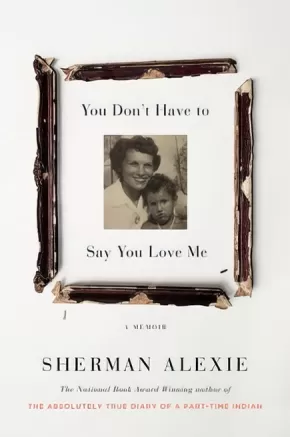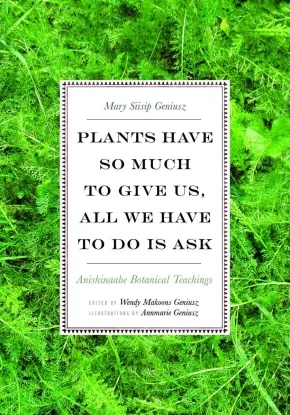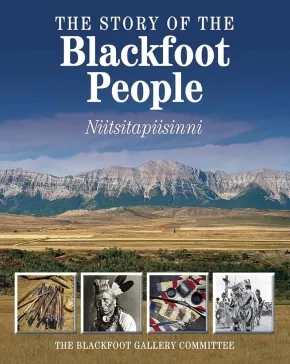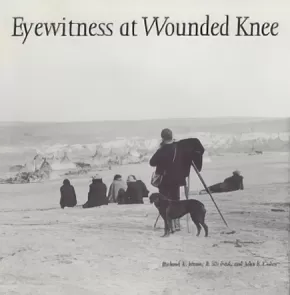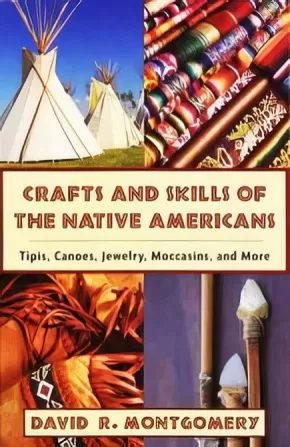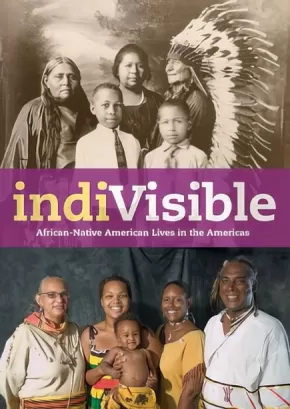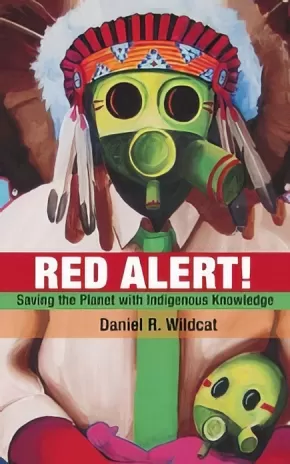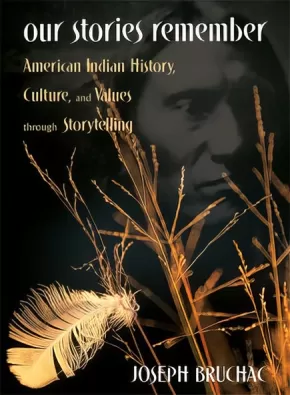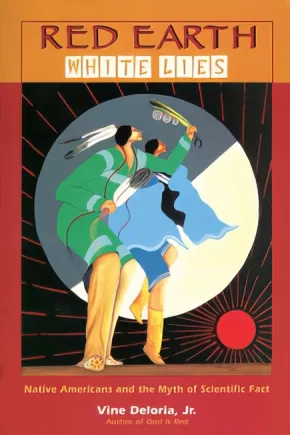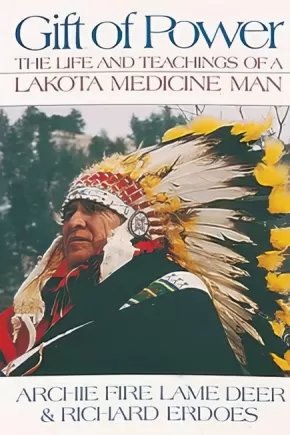Native American
Synopsis:
A searing, deeply moving memoir about family, love, loss, and forgiveness from the critically acclaimed, bestselling National Book Award-winning author of The Absolutely True Diary of a Part-Time Indian.
Family relationships are never simple. But Sherman Alexie's bond with his mother Lillian was more complex than most. She plunged her family into chaos with a drinking habit, but shed her addiction when it was on the brink of costing her everything. She survived a violent past, but created an elaborate facade to hide the truth. She selflessly cared for strangers, but was often incapable of showering her children with the affection that they so desperately craved. She wanted a better life for her son, but it was only by leaving her behind that he could hope to achieve it. It's these contradictions that made Lillian Alexie a beautiful, mercurial, abusive, intelligent, complicated, and very human woman.
When she passed away, the incongruities that defined his mother shook Sherman and his remembrance of her. Grappling with the haunting ghosts of the past in the wake of loss, he responded the only way he knew how: he wrote. The result is a stunning memoir filled with raw, angry, funny, profane, tender memories of a childhood few can imagine, much less survive. An unflinching and unforgettable remembrance, You Don't Have to Say You Love Me is a powerful, deeply felt account of a complicated relationship.
Additional Information
464 pages | 5.55" x 8.25"
Synopsis:
Mary Siisip Geniusz has spent more than thirty years working with, living with, and using the Anishinaabe teachings, recipes, and botanical information she shares in Plants Have So Much to Give Us, All We Have to Do Is Ask. Geniusz gained much of the knowledge she writes about from her years as an oshkaabewis, a traditionally trained apprentice, and as friend to the late Keewaydinoquay, an Anishinaabe medicine woman from the Leelanau Peninsula in Michigan and a scholar, teacher, and practitioner in the field of native ethnobotany. Keewaydinoquay published little in her lifetime, yet Geniusz has carried on her legacy by making this body of knowledge accessible to a broader audience.
Geniusz teaches the ways she was taught—through stories. Sharing the traditional stories she learned at Keewaydinoquay’s side as well as stories from other American Indian traditions and her own experiences, Geniusz brings the plants to life with narratives that explain their uses, meaning, and history. Stories such as “Naanabozho and the Squeaky-Voice Plant” place the plants in cultural context and illustrate the belief in plants as cognizant beings. Covering a wide range of plants, from conifers to cattails to medicinal uses of yarrow, mullein, and dandelion, she explains how we can work with those beings to create food, simple medicines, and practical botanical tools.
Plants Have So Much to Give Us, All We Have to Do Is Ask makes this botanical information useful to native and nonnative healers and educators and places it in the context of the Anishinaabe culture that developed the knowledge and practice.
Additional Information
344 pages | 7.00" x 10.00" | Paperback
Synopsis:
For more than three decades, bestselling author Louise Erdrich has enthralled readers with dazzling novels that paint an evocative portrait of Native American life. From her dazzling first novel, Love Medicine, to the National Book Award-winning The Round House, Erdrich’s lyrical skill and emotional assurance have earned her a place alongside William Faulkner and Willa Cather as an author deeply rooted in the American landscape.
In Books and Islands in Ojibwe Country, Erdrich takes us on an illuminating tour through the terrain her ancestors have inhabited for centuries: the lakes and islands of southern Ontario. Summoning to life the Ojibwe's sacred spirits and songs, their language and sorrows, she considers the many ways in which her tribe—whose name derives from the word ozhibii'ige, "to write"—have influenced her. Her journey links ancient stone paintings with a magical island where a bookish recluse built an extraordinary library, and she reveals how both have transformed her.
A blend of history, mythology, and memoir, Books and Islands in Ojibwe Country is an enchanting meditation on modern life, natural splendor, and the ancient spirituality and creativity of Erdrich's native homeland—a long, elemental tradition of storytelling that is in her blood.
Additional Information
160 pages | 5.31" x 8.00" | 15 Illustrations, 1 Map | Paperback
Synopsis:
A “raw and honest” (Los Angeles Review of Books) memoir from the first Native American Poet Laureate of the United States.
In this transcendent memoir, grounded in tribal myth and ancestry, music and poetry, Joy Harjo details her journey to becoming a poet. Born in Oklahoma, the end place of the Trail of Tears, Harjo grew up learning to dodge an abusive stepfather by finding shelter in her imagination, a deep spiritual life, and connection with the natural world. Narrating the complexities of betrayal and love, Crazy Brave is a haunting, visionary memoir about family and the breaking apart necessary in finding a voice.
Additional Information
176 pages | 5.50" x 8.22" | Paperback
Synopsis:
For the first time in history, the Blackfoot people share their culture, beliefs and traditions with the rest of the world.
In an innovative partnership with the Glenbow Museum in Calgary, Alberta, a team of elders and spiritual leaders from the Blackfoot community agreed to share their history, traditions and artifacts in an effort to document their lives. The Story of the Blackfoot People: Nitsitapiisinni is the first piece of permanent documentation written by the leaders of the Blackfoot community about their lives both past and present.
This book chronicles all the important aspects of Blackfoot life and history. The book begins by exploring the fundamental belief systems of the Blackfoot including their traditional stories, sacred places, dances and ceremonies. Strong relationships are recognized by the Blackfoot as one of the most important keys to survival and the roles of men, women, children and elders, and their sacred connection to nature and their environment, are examined in detail. Less harmonious relationships are also candidly explored including relations between the Blackfoot people and the governments of the United States and Canada. In its moving conclusion, the Blackfoot community discusses the importance of uniting ancient traditions with modern challenges in order for their legacy to survive.
Revealing the enduring strength and fortitude of spirit of the Blackfoot people, this book will have meaning for both native and non-native readers alike.
Authenticity Note: This work is labelled as containing Authentic Indigenous Text because of the contributions from elders and other Indigenous peoples.
Synopsis:
On a wintry day in December 1890, near a creek named Wounded Knee on the Pine Ridge Reservation in South Dakota, the Seventh Cavalry of the U.S. Army opened fire on an encampment of Sioux Indians. This assault claimed more than 250 lives, including those of many Indian women and children. The tragedy at Wounded Knee has often been written about, but the existing photographs have received little attention until now.
Eyewitness at Wounded Knee brings together and assesses for the first time some 150 photographs that were made before and immediately after the massacre. Present at the scene were two itinerant photographers, George Trager and Clarence Grant Morelodge, whose work has never before been published. Accompanying commentaries focus on both the Indian and the military sides of the story. Richard E. Jensen analyzes the political and economic quagmire in which the Sioux found themselves after 1877. R. Eli Paul considers the army’s role at Wounded Knee. John E. Carter discusses the photographers and also the reporters and relic hunters who were looking to profit from the misfortune of others.
For this Bison Books edition each image has been digitally enhanced and restored, making the photographs as compelling as the event itself. Heather Cox Richardson tells the story behind the endeavor to present a meaningful account of this significant historical event.
Synopsis:
Born into a storied but impoverished family on the reservation of the Eastern Band of Cherokee Indians, Leonard Carson Lambert Jr.’s candid memoir is a remarkable story and an equally remarkable flouting of the stereotypes that so many tales of American Indian life have engendered.
Up from These Hills provides a grounded, yet poignant, description of what it was like to grow up during the 1930s and 1940s in the mountains of western North Carolina and on a sharecropper’s farm in eastern Tennessee. Lambert straightforwardly describes his independent, hardworking, and stubborn parents; his colorful extended family; his eighth-grade teacher, who recognized his potential and first planted the idea that he might attend college; as well as siblings, schoolmates, and others who shaped his life. He paints a vivid picture of life on the reservation and off, documenting work, family life, education, religion, and more. Up from These Hills also tells the true story of how this family rose from depression-era poverty, a story rarely told about Indian families. With its utterly unique voice, this vivid memoir evokes an unknown yet important part of the American experience, even as it reveals the realities behind Indian experience and rural poverty in the first half of the twentieth century.
Synopsis:
Following the removal of the gray whale from the Endangered Species list in 1994, the Makah tribe of northwest Washington State and the Nuu-chah-nulth Nation of British Columbia announced that they would revive their whale hunts. The Makah whale hunt of 1999 was met with enthusiastic support and vehement opposition. A member of the Nuu-chah-nulth First Nation, Charlotte Coté offers a valuable perspective on the issues surrounding Indigenous whaling. Her analysis includes major Aboriginal studies and contemporary Aboriginal rights issues, addressing environmentalism, animal rights activism, anti-treaty conservatism, and the public’s expectations about what it means to be “Indian.”
Synopsis:
Crafts and Skills of Native Americans is a fascinating, practical guide to the skills that have made Native Americans famous worldwide as artisans and craftsmen. Readers can replicate traditional Native American living by trying a hand at brain tanning, identifying animal tracks, or constructing a horse saddle. Readers can even make distinctive Native American beaded jewelry, a variety of moccasins, headdresses, and gourd rattles. Native American style is unique and popular, especially among young people, historians, and those with a special interest in the American West.
Additional Information
240 pages | 5.50" x 8.50"
Synopsis:
Throughout American history, people of combined African and Native American descent have often struggled for acceptance, not only from dominant cultures but also from their own communities. In this collection of twenty-seven groundbreaking essays, authors from across the Americas explore the complex personal histories and contemporary lives of people wth a dual heritage that has rarely received attention as part of the multicultural landscape.
Illustrated with seventy-five paintings, photographs, and drawings, the book brings to light an epic but little-known part of American history that speaks to present-day struggles for racial identity and understanding.
Additional Information
256 pages | 7.00" x 9.75"
Synopsis:
"What the world needs today is a good dose of Indigenous realism," says Native American scholar Daniel Wildcat in this thoughtful, forward-looking treatise. The Native response to the environmental crisis facing our planet, Red Alert! seeks to debunk the modern myths that humankind is the center of creation and that it exerts control over the natural world.
Taking a hard look at the biggest problem that we face today-the damaging way we live on this earth-Wildcat draws upon ancient Native American wisdom and nature-centered beliefs to advocate a modern strategy to combat global warming. Inspiring and insightful, Red Alert! is a stirring call to action.
Additional Information
128 pages | 5.10" x 8.10"
Synopsis:
Within the pages of this introduction to American Indian history, culture, and values, readers will gain insight into the totality of Native American experience and culture. Each chapter in the book explores a particular shared cultural value or world view through both traditional stories and Bruchac's commentary. A diverse range of Native groups is included-Tlingit, Navajo, Cree, Abenaki, Yupik, Seminole, Sioux, Cherokee, and many more.
Synopsis:
Leading Native American scholar and author of the best-selling books God Is Red and Custer Died for Your Sins, Vine Deloria, Jr., addresses the conflict between mainstream scientific theory about the world and the ancestral worldview of Native Americans. Claiming that science has created a largely fictional scenario for American Indians in prehistoric North America, Deloria offers an alternative view of the continent's history as seen through the eyes and memories of Native Americans.
Synopsis:
With surprising candor, Archie Fire Lame Deer describes the magic and power of the Native American spirit life. Archie's compelling narrative recaptures his boyhood years under the tutelage of his medicine-man grandfather on a South Dakota farm. We follow him from Catholic school runaway to Army misfit, from bartender to boozer, from Hollywood stuntman to chief rattlesnake catcher of the state of South Dakota. And we exult with him when he comes home to the world of spirit.

